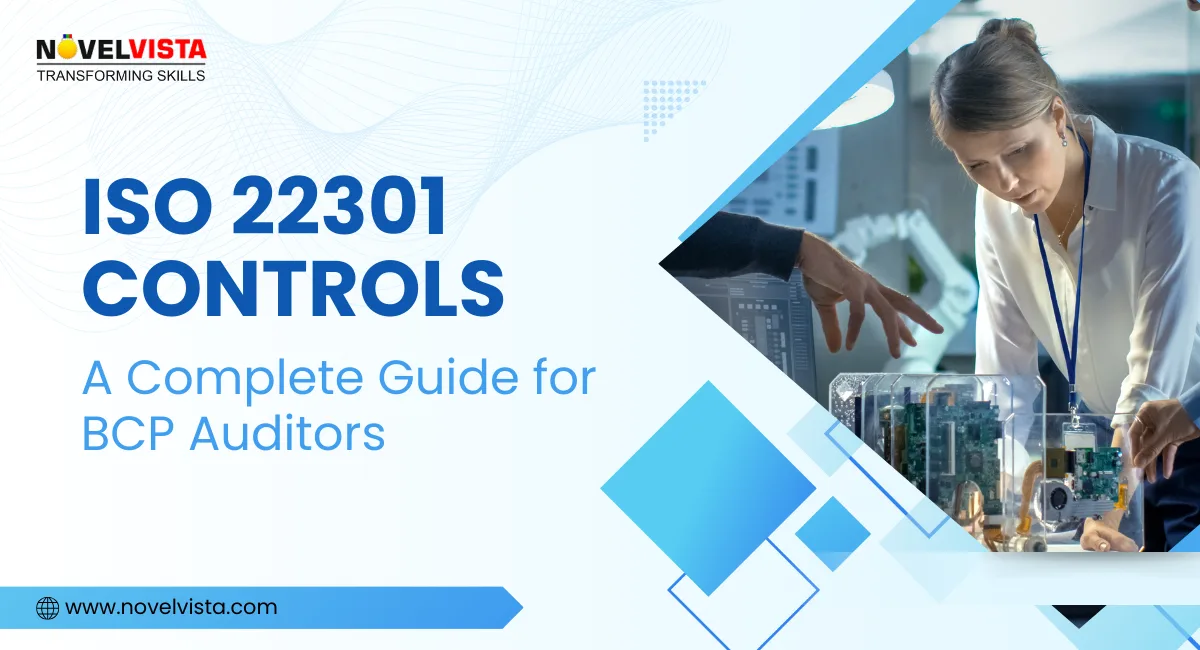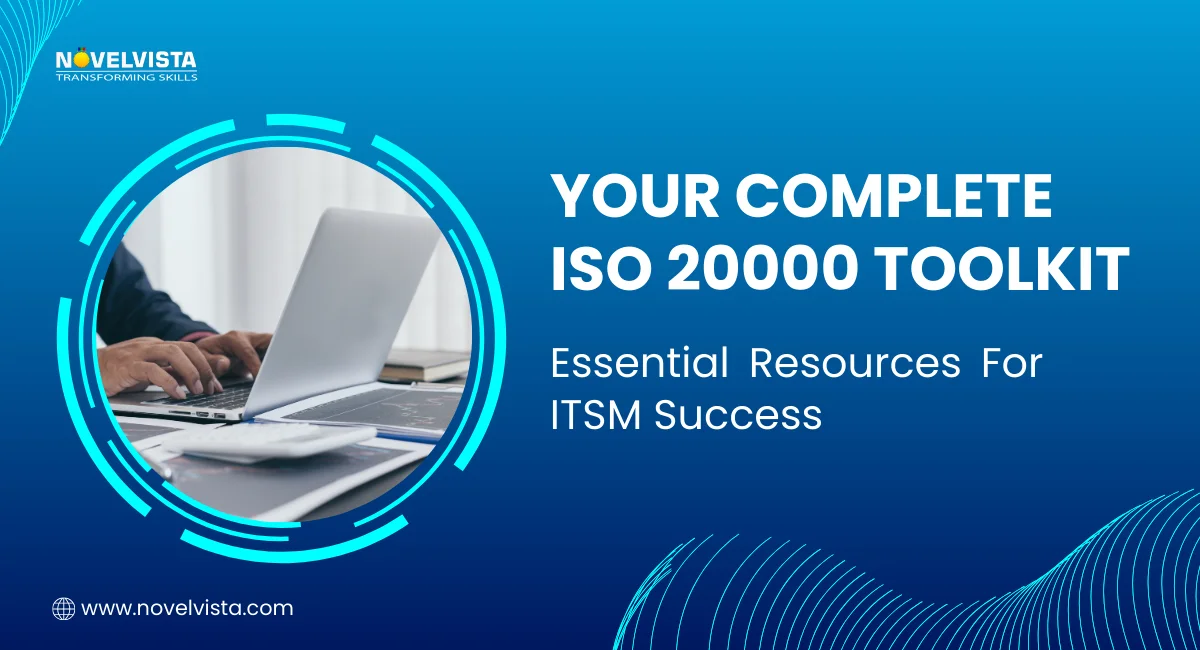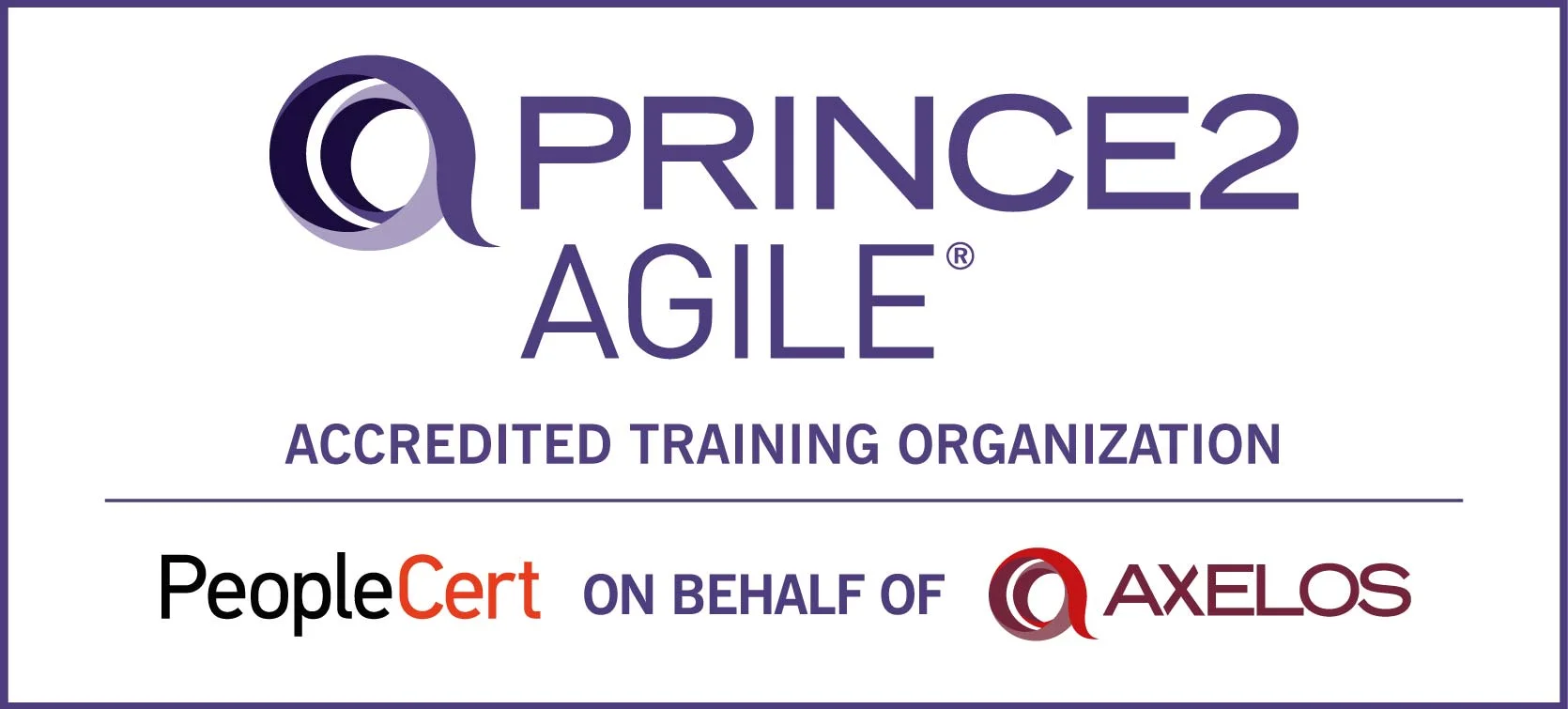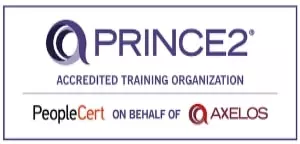- What Are ISO 22301 Controls?
- Core Elements of the ISO 22301 Control Framework
- ISO 22301 Mandatory Controls Explained for Auditors
- ISO 22301 Controls – Differentiator Table
- ISO 22301 Control Checklist for Auditors (Skills You Must Have)
- How ISO 22301 Controls Are Assessed in Real Audits
- Benefits of Strong Control Knowledge for Auditors and BCM Professionals
- Common Challenges Auditors Face When Reviewing ISO 22301 Controls
- Why Controls Matter in the Continual Improvement Cycle
- Conclusion
Some people study BCM for years and still feel lost when someone asks them to explain iso 22301 controls. Others step into an audit and freeze because they don’t know what evidence to look for or how controls actually work in a live Business Continuity setup. If that’s happening to you, this guide is going to clear things up. You’ll understand what these controls really are, how auditors look at them, and how this knowledge shapes your future as a Lead Auditor or BCM professional.
This article is built to give you clarity. Nothing complicated, nothing textbook-heavy, just simple explanations you can apply directly in your audit journey.
Many auditors and BCM professionals we’ve trained mention the same challenge: controls look simple in the standard, but become confusing during real audits. Years of working with ISO 22301 teams show that once controls are understood in a practical way, audit readiness improves quickly. This guide reflects those real on-ground experiences and breaks the controls into language that auditors actually use.
What Are ISO 22301 Controls?
When someone talks about iso 22301 controls, they’re referring to the required activities and expectations that make a Business Continuity Management System (BCMS) reliable. But for auditors, controls aren’t just statements on paper. They’re checkpoints. They help you confirm whether an organization can actually keep its operations running during disruptions.
These controls connect with policies, responsibilities, communication steps, documentation, testing, and risk handling. Your job as an auditor is not only to know these areas but to understand how they link together. When you assess a BCMS, you’re not judging only the existence of a document; you’re checking if the system behaves the way the standard expects.
Think of these controls as the backbone of every continuity plan. If they’re strong, the organization can bounce back. If they’re weak, downtime becomes expensive fast. That’s why auditors are trained to interpret controls instead of blindly following a checklist.
Core Elements of the ISO 22301 Control Framework
ISO 22301 isn’t random. It follows a structured flow that helps auditors see how each part fits into the bigger continuity picture. The clause groups give you a clear map:
- Context of the organization – Understanding what matters to the business and what affects it
- Leadership – Checking commitment, roles, and responsibilities
- Planning – Reviewing risks, objectives, and plans
- Support – Looking at resources, awareness, communication, and documentation
- Operation – Evaluating BIA, risk handling, continuity processes, and response strategies
- Performance evaluation – Monitoring, measurement, reviews, and audits
- Improvement – Corrective actions and refinement
As a Lead Auditor, you’re expected to connect these areas during an audit. You might start with planning, jump into operations, look at competence evidence, and then verify testing. Everything leads back to the same question: Are the controls effective?
This high-level view helps you understand where evidence should appear and what parts of the BCMS must align with the controls.
Want the full clause-by-clause breakdown? Explore our detailed blog on ISO 22301 clauses and how each one shapes a strong Business Continuity Management System.Download: ISO 22301 Terminology Sheet
Master the key ISO 22301 terms with a simple, quick-reference
glossary that helps you understand BCMS concepts instantly.
ISO 22301 Mandatory Controls Explained for Auditors
When we talk about ISO 22301 mandatory controls, we’re referring to the essential activities the standard expects every organization to demonstrate. For auditors, these aren’t “nice to have.” They’re must-haves.
Here are the core ones you’ll deal with:
Business continuity objectives
You check whether objectives are defined, measurable, aligned with business needs, and supported by plans.
Risk assessment and Business Impact Analysis (BIA)
You verify that risks are identified, impacts are understood, and priorities are documented clearly.
Communication controls
You review communication plans, escalation steps, internal contact methods, and external coordination procedures.
Competence and awareness
You assess training records, awareness sessions, and role-specific readiness.
Incident response
You ensure teams know how to act, who does what, and what immediate steps are triggered.
Testing and exercises
You look at drill reports, test results, lessons learned, and improvement actions.
Monitoring and review
You confirm that performance tracking, internal audits, and management reviews are happening and documented.
Evidence Insight: During our audit workshops, learners often discover that around 70% of mandatory control failures occur due to missing evidence, not missing controls. When you know how to look for the right logs, approvals, test results, and communication trails, the entire control structure becomes easier to validate.
These areas form the foundation of every audit, and knowing them well helps you ask the right questions without overcomplicating things.

ISO 22301 Controls – Differentiator Table
Area |
What It Means |
What Auditors Check |
Context |
Defines scope and environment |
Issues, scope, stakeholder needs |
Leadership |
Direction and commitment |
Roles, involvement, approvals |
Planning |
Risks, BIA, continuity goals |
Documented analysis, objectives |
Support |
Resources and communication |
Training, awareness, documentation |
Operation |
Response plans and procedures |
Activation steps, BIA alignment |
Performance |
Monitoring and audits |
KPIs, reports, audit results |
Improvement |
Corrections and updates |
Corrective actions, progress |
ISO 22301 Control Checklist for Auditors (Skills You Must Have)
A strong ISO 22301 control checklist is like a map for auditors. It keeps you organised, helps you stay objective, and ensures you don’t miss important evidence. During audits, professionals rely on a checklist to:
- Review documents and policies
- Validate if controls exist and are implemented
- Check whether the BCMS is functioning as expected
- Confirm that ISO 22301 mandatory controls have proper evidence
- Identify gaps and nonconformities
For anyone preparing for Lead Auditor roles, mastering an ISO 22301 control checklist builds confidence. It trains your mind to move through controls smoothly and pick up weak points without second-guessing.
How ISO 22301 Controls Are Assessed in Real Audits
When auditors check iso 22301 controls, the real story appears in the evidence. Documents are only the starting point. What matters is whether the organization follows what it has written.
Here’s what auditors usually review:
- Incident logs – to confirm how events were handled
- Test and exercise reports – to see if the BCMS has been tested properly
- Communication records – internal alerts, stakeholder updates, call trees
- Leadership reviews – commitments, decisions, approvals
- Preparedness documents – training evidence, awareness sessions
Quick Example from Real Audits:
During an exercise review, many organizations claim they conducted a simulation. But when auditors request evidence, participant lists, scenario documents, and outcomes, gaps often appear. This example shows why verifying controls with real evidence is more important than accepting statements at face value.
The goal is simple: check if the controls work in daily operations, not just on paper.
Benefits of Strong Control Knowledge for Auditors and BCM Professionals
Knowing iso 22301 controls well puts auditors miles ahead. It sharpens your judgment and helps you spot gaps that others might miss.
This knowledge helps because you can:
- Ask better audit questions
- Explain findings in a simple way
- Build trust with clients and teams
- Deliver cleaner and more confident assessments
- Strengthen your consulting or BCM advisory work
Strong control understanding becomes one of your biggest career strengths.
Common Challenges Auditors Face When Reviewing ISO 22301 Controls
Even with good experience, auditors face a few common roadblocks when checking iso 22301 controls. These issues appear in almost every audit:
Typical challenges:
- Vague or incomplete documentation
- Poorly mapped processes and controls
- Evidence is stored inconsistently across teams
- Missing test reports or lessons learned
- Unclear responsibilities in continuity plans
How auditors handle them:
- Use a structured ISO 22301 control checklist
- Ask clear questions
- Match claimed practices with real evidence
- Look for proof, not assumptions
These habits keep your audit steady even when documentation isn’t perfect.

Why Controls Matter in the Continual Improvement Cycle
When you understand iso 22301 controls, it becomes easier to connect findings with real improvement. Controls tell you where the system is strong, where it’s weak, and what needs attention.
Auditors play a core role in improvement by reviewing:
- Results of tests and incidents
- Gaps in ISO 22301 mandatory controls
- Corrective actions and closure evidence
- Trends in performance and program maturity
Stronger controls lead to smoother audits, better readiness, and a more stable BCMS.
Curious how to turn improvement efforts into real results? Explore our breakdown on making continuous improvement deliver positive change.
Conclusion
Mastering ISO 22301 controls is one of the strongest skills you can build if you want to step confidently into auditing, continuity, or compliance roles. These controls are the backbone of how a BCMS works, and knowing how to evaluate them helps you understand whether an organization is truly prepared for disruption or only prepared on paper.
When you know what to look for, documents, evidence, testing practices, communication steps, and improvement actions, your audits become sharper and more meaningful. This knowledge also builds trust, improves your decision-making, and helps you guide teams with clarity. If you want to grow into a dependable Lead Auditor or BCM professional, strong control knowledge isn’t optional; it becomes your biggest advantage.
Next Step
If you want to build confidence in reviewing iso 22301 controls and learn how audits work in real situations, NovelVista’s ISO 22301 Lead Auditor Certification is your perfect next move. The program teaches practical audit skills, evidence evaluation, reporting methods, and a deep understanding of control requirements. Whether your goal is auditing, continuity, or consulting, this training helps you grow with skills that employers trust and value.Frequently Asked Questions
Author Details

Mr.Vikas Sharma
Principal Consultant
I am an Accredited ITIL, ITIL 4, ITIL 4 DITS, ITIL® 4 Strategic Leader, Certified SAFe Practice Consultant , SIAM Professional, PRINCE2 AGILE, Six Sigma Black Belt Trainer with more than 20 years of Industry experience. Working as SIAM consultant managing end-to-end accountability for the performance and delivery of IT services to the users and coordinating delivery, integration, and interoperability across multiple services and suppliers. Trained more than 10000+ participants under various ITSM, Agile & Project Management frameworks like ITIL, SAFe, SIAM, VeriSM, and PRINCE2, Scrum, DevOps, Cloud, etc.
Course Related To This blog
ISO 22301:2019 Lead Auditor
Confused About Certification?
Get Free Consultation Call









